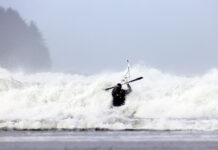Sea kayak guiding and instruction are currently controlled by the Sea Kayak Guides Association of British Columbia, the Canadian Association of Sea Kayak Guides and the Canadian Recreational Canoeing Association. These organizations, while claiming to represent guides and instructors, tend to serve the interests of outfitters and kayak schools, or worse, their own bureaucratic ends. No organization serves the guides’ and instructors’ interests, and as a result, the industry is now subsidized by the low fees paid to its employees. Until this is corrected, the sea kayak guiding/instructional industry will remain in its present adolescent phase, with employers fishing from a pool of cheap, enthusiastic beginners at the cost of experience. It is time that guides and instructors got together to establish a guild, like a union, to ensure fair pay and grassroots control.
Why the time is right for a sea kayaking guides’ guild
As I see it, there are three parties with legitimate interests: the guides and instructors, the clients, and the outfitters and schools. All three of these principal players stand to benefit from having properly paid and equipped professionals and all will benefit from having a truly effective guild for guides and instructors.
Guides will clearly benefit by an increase in pay, enabling them to live at the same standard as their peers. Guides earn about $150 a day, or $100 a day for an assistant—$100 a day less than the equivalent in the backcountry skiing or fly fishing industries. Sea kayak guides frequently work 16-hour days and are on call for 24 hours, responsible for safety, medical emergencies, and even cooking. They must undergo costly sea kayak training and upgrading (approved or supplied by one of the controlling organizations) and maintain current advanced wilderness first aid certification. They are also required to provide and maintain their own personal equipment, including VHF radio and a medical kit. Paid adequately, guides won’t need to leave sea kayaking and get a “real job” in order to save money for their own business or to support a family.
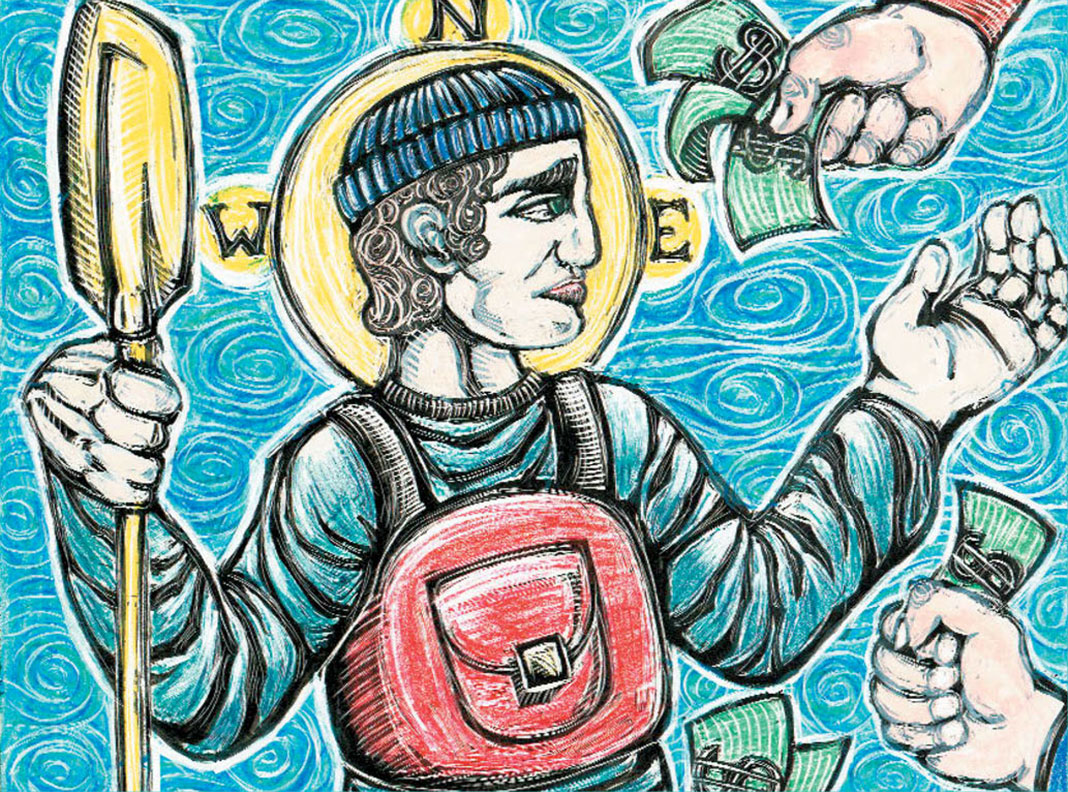
Clients will then have a better chance of getting a professional and experienced guide or instructor. The client will pay more for the service, but that is fair so long as they get good value and can see that they are getting good value. If the guides’ guild works closely with owners, prices can be raised gradually and openly in a way that does not throw the market into shock. Once clients understand the issues, few will begrudge the extra cost associated with a superior service.
Relationships between a guides’ guild and employers need not disintegrate into a classical them and us confrontation. The outfitting and instruction companies will benefit from a guild because they will have a satisfied, professional team of long-term employees. They will eventually find they are making more money since profit is usually figured as a percentage of gross income. It is in everyone’s interest to have an experienced, reliable workforce. By extending the industry vision beyond the tooth and claw scramble for clients where the cheapest equates with most desirable, confrontation between the guild and the employers can be avoided.
New guild would give guides a fresh start
You might argue that guides should take control of one of the existing organizations, but each has its own baggage and is doing a reasonable job of serving the interests of the outfitters and schools. The CRCA, many say, has no business being involved with the sea kayak industry at all. Better to leave the existing organizations in the corner sniping at each other.
The new guild will only offer full voting rights to guides and instructors who are not regular employers—reducing the risk of conflict of interest. Its mission should be to serve the interests of sea kayak guides and instructors, not outfitters or schools, while specifying that all three parties at the table have to come out winners. As well as dealing with wages, the guild will become involved with the technical and business education of its members. In this respect it will act like a trade association promoting both professionalism of guides and instructors as well as the growth of the sea kayaking industry.
Sea kayaking jobs provide seasonal work that appeals to youth and, as we know, there is an endless supply of youth. They’re born every day, and the community colleges are pumping out hopeful, idealistic ecotourism graduates who will work for peanuts just to go sea kayaking. But once the blush of youthful enthusiasm has passed, our professional guides leave the industry for real jobs and take their experience with them. By ensuring that guiding provides a proper living to a mature individual, a guides’ guild will help the sea kayaking industry grow up.
John Dowd, author of the book Sea Kayaking, is one of the founders of the sea kayaking industry and has been recognized as one of the 12 most influential people in North American paddlesports.
Guides earn about $150 a day, or $100 a day less than the equivalent in the backcountry skiing or fly fishing industries. | Feature illustration: Scott Van de Sande



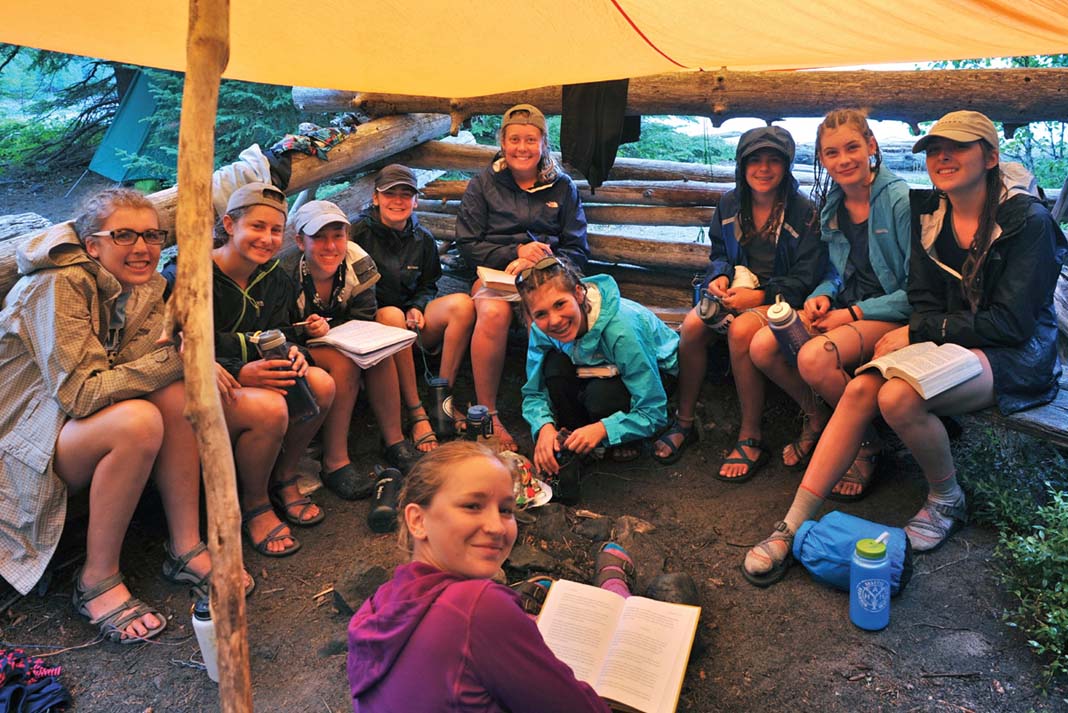
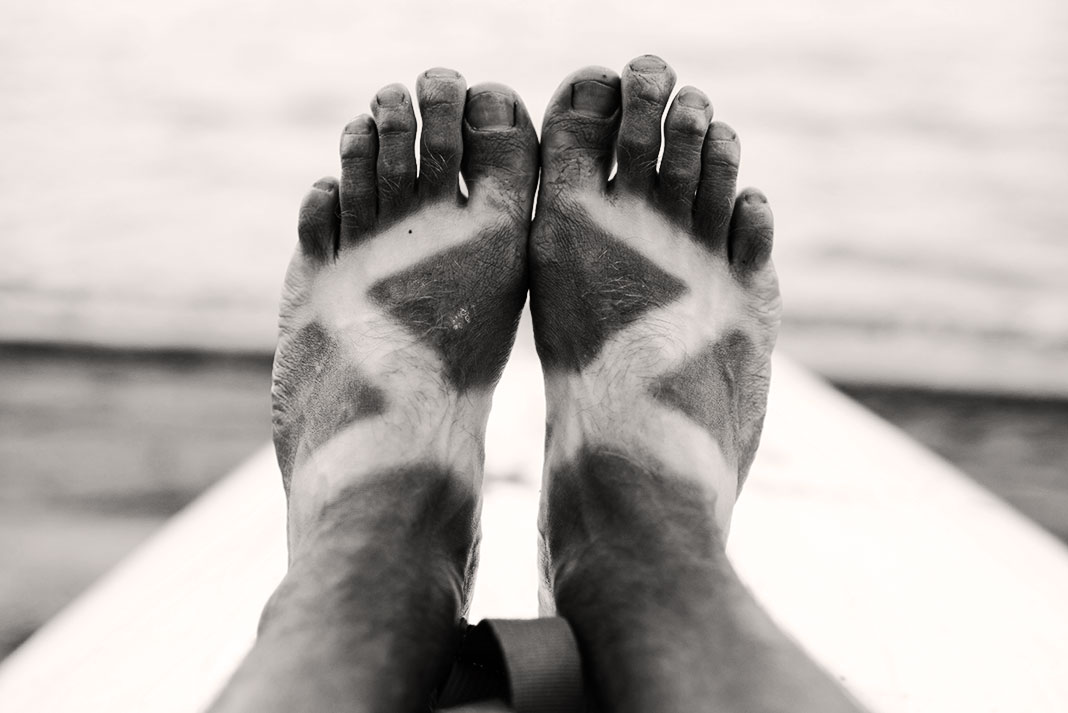
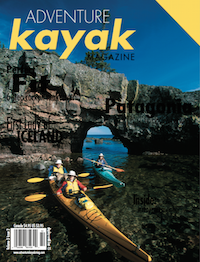 This article was first published in the Early Summer 2003 issue of Adventure Kayak Magazine.
This article was first published in the Early Summer 2003 issue of Adventure Kayak Magazine. 

